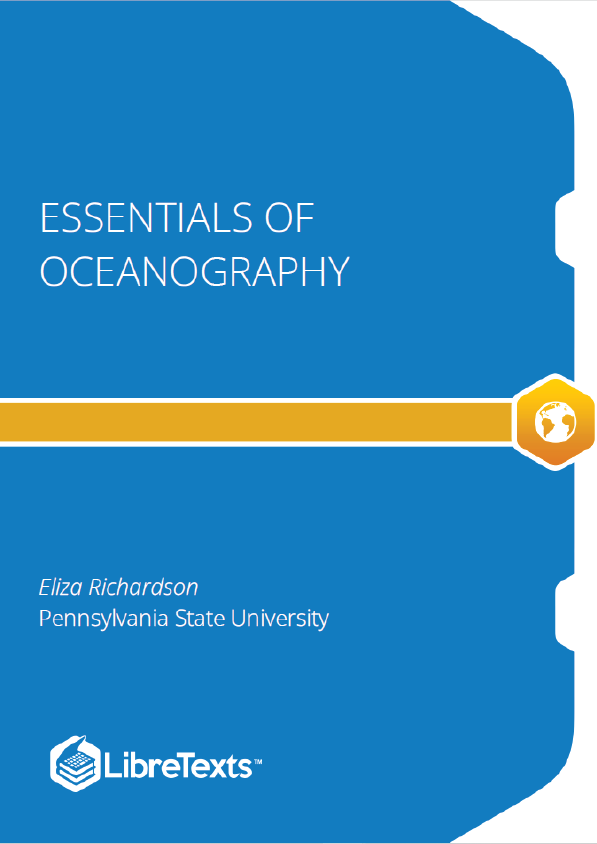In this lesson, you will begin a trek toward understanding the significance of water on Earth and its importance to a host of unique features on your home planet. You will also apply the scientific method along the way, think about how hypotheses are best evaluated, and get a chance to hone your skills of critical reading. Reading scientific articles and papers in a critical way is an invaluable skill. You will be doing this with your own students’ work as well as with the published literature. Not everything you read, even in the scientific literature, is correct, or even well-reasoned. In Earth science, well-reasoned speculation is acceptable, as long as it is identified as such. Thus, scientific articles should present one or more clear, identifiable hypotheses and should evaluate those hypotheses using data collected for that purpose, presented in the paper along with other supporting information. With the proliferation of “self publishing” on the Web, one can find all sorts of “bad science.” How do we promote the “critical thinking and reading” skill to our students to allow them to sort the wheat from the chaff? Practice, of course! We will ask you to read selected articles, discuss them with the class, and provide data plots that support your views and points. We will also ask you to translate that science-speak into a product that is interesting and accessible to the lay person. Let’s dive in!
In our Astrobiology Research Center at Penn State, there is a room called “The Habitable Zone.” This whimsical name is a reference to a concept that has developed in the search for life on other planets. Of course, in “The Habitable Zone” room, there are comfortable couches, a coffee pot, computer connections and large screens for projection of computer images or teleconferences— all the ingredients for encouraging development of scientific intercourse, the lifeblood of the Astrobiology Research Center. A zone of habitability for life within a solar system has certain requirements too, including an optimal distance from a sun, optimal planet size and gravity, perhaps a magnetic field, and even the presence of a planet of large mass somewhere else in the solar system, among other characteristics. Some scientists speak of the “Goldilock’s Principle” for which everything needed to be “just right” for life to originate and prosper on Earth. We will explore this principle below, and you will need to discover what parameters are potentially important and why?
Not too long ago, we were pretty sure that Earth is the only planet in our solar system that has water present in all three phases on its surface. Quite a lot has changed in the past three or four years, with recent discoveries of liquid water on Europa, Mars and other bodies. Much of this is still very recent and uncertain, which makes it both exciting and also a nice example of science in action! For the Earth, oceans occupy about 71% of the surface area. Recent work suggests the presence of water oceans on Earth shortly after its formation (4.6 x 10 years ago), as early as 4.3 to 4.4 x 10 years ago. But from where did this water come? And why is there not abundant water on other planets today? Yes, we have good evidence for water in the subsurface on Mars, and water is a component of the Martian polar ice cap. Some scientists have suggested that water was once much more abundant on Mars’ surface —even forming large oceans.











